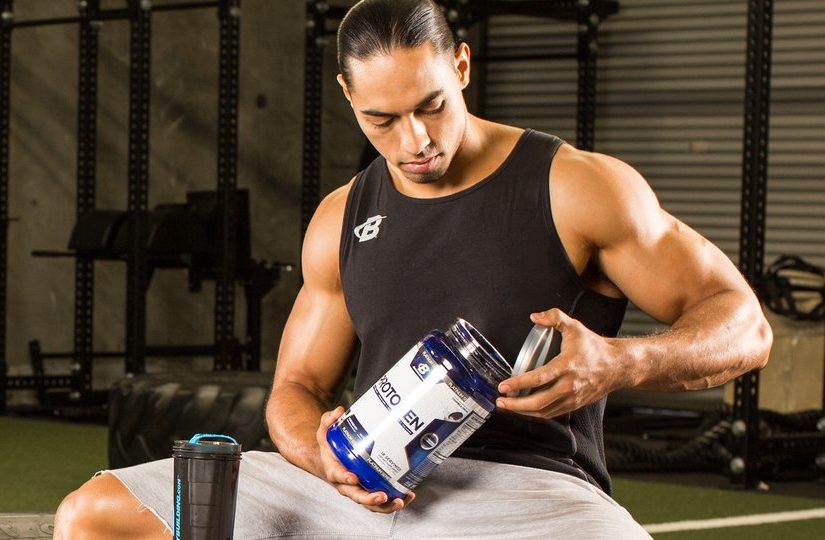Everyday inventors, scientists, etc. develop new devices and technologies aimed at making life a bit easier than it was for our ancestors. As a result, our society has become quite lazy and lackluster. Consequently, our society has begun to see an increase in the number of obese people. This issue has become even more pressing as we see these increases particularly in our child population.
Due to this development, it has become more and more important that we become more conscious as a society of the way we take care of our bodies. With the availability of the internet, the knowledge needed to make these lifestyle changes are literally at our fingertips. Many people have already begun to make the effort to improve their overall fitness and gain a rock hard physique. People want to become stronger, faster, and attain more endurance. The number one choice to achieve these goals and build muscles has been weight training. However, people who do not want to spend large amounts of money on gym memberships, costly equipment, are constantly traveling, do not have a solid foundation to start or simply just hate lifting weights have other alternatives they can turn to achieve the peak physical fitness they have constantly longed for.
What are BODYWEIGHT EXERCISES?
Individuals who face any of the above difficulties can look to BODYWEIGHT EXERCISES as an excellent alternative to weight lifting. Bodyweight exercises, often referred to as Calisthenics, are the best option for individuals looking to build muscle while keeping in shape in the absence of a gym or the inability to perform weight training. Simply put, bodyweight exercises are fitness activities that use your own body weight as resistance to work against. Bodyweight exercises can prove to be extremely challenging initially but as a result, it is proficient at growing muscles and enabling those who use it to stay in peak physical fitness through small bursts of intensity. Most bodyweight exercises cover a lot of muscle groups in a single exercise versus machines at a gym that in order to grow muscles they isolate a particular muscle groups (e.g. the pectoral major) to strengthen them. Therefore, a benefit of bodyweight exercises is that individuals are able to reduce the time they spend working out because they are able to work numerous muscle groups with one exercise.
Benefits of BODYWEIGHT EXERCISES
Bodyweight exercises present many advantages to those looking to improve their fitness level. Here is a list of the following benefits associated with bodyweight exercises:
Ø Can be performed indoors;
Ø Can be performed outdoors;
Ø Do not have to purchase those expensive gym memberships;
Ø Do not have to purchase any equipment;
Ø Do not have to lift any heavy metal weights;
Ø Do not have to worry about injuring yourself with the weights;
Ø Great for improving your cardiovascular endurance;
Ø Great for improving your muscular strength;
Ø Great for improving your overall physical system;
Ø Great for improving your mental fluidity;
Ø Great for improving the joints and many more.
The Body
In order to achieve your fitness goals it is best to first understand the body and then understand some of the bodyweight exercises that will most effectively work each muscle. As noted before bodyweight exercises are intense and will work every muscle in your body. By understanding the function and location of each muscle, you will be able to further enhance your results from these exercises. After all knowledge is power.
Chest
Back
Shoulders
Arms
Legs
Stomach
Pectorals (Pecs)
Latissimus Dorsi (Lats)
Deltoids (Delts)
Biceps
Quadriceps (Quads)
Abdominal Muscles (Abs.)
Trapezius (Traps)
Triceps
Gluteus Maximus (Glutes)
Calves
PECS: These are the muscles located on the breast bone directly in the center of the chest. This muscle is attached to the shoulder joints and its purpose is to bring your arm across the chest as well moving it in the shoulder socket.
LATS: These are the muscles located on each side of the back that your arms rest against when at your sides. These muscles are responsible for pulling the arms down and as serves as a stabilizer for the upper body during strenuous movements.
TRAPS: The name trapezoids came from the fact that the muscles are shaped like trapezoids. These muscles are located along the upper portion of the spine and its purpose is to dictate the movement of the shoulder blades.
DELTS: This muscle is comprised of three interrelated parts, the anterior deltoid, posterior heads, and the lateral deltoid. The deltoid is responsible for the shoulders ability to move in any direction. In addition, this crucial muscle group is enables you to do the main upper body exercises.
BICEPS: Probably the most prominent muscle group, the bicep comprise around 40% of the upper arms. The bicep’s purpose is to move the forearm towards the shoulders (imaging the curling motion) as well as enabling the rotation of the wrists.
TRICEPS: The other 60% of the upper arms are known as the triceps. Opposite to the biceps, the triceps are responsible for extending the arms down towards the body.
QUADS: The quads are located on the front of the thighs and these big muscles are responsible for stabilizing the upper body during movements that include some kind of squat.
HAMSTRINGS: Opposite of the quads, the hamstring is located directly below the glutes in the back of the leg. This muscle is similar to the biceps in that it is responsible for bring the legs towards the glutes in a curling fashion.
GLUTES: Attached to the rear of the upper leg, the glutes are responsible for extending the hip.
CALVES: The calve muscles start from the rear of the upper knee extending all the way down to the ankles of the leg above the heels. The main purpose of the calves is to raise the heel off the ground.
ABS: These muscles consist of three interrelated parts, the rectus abdominus, the obliques abdominus, and the tranverse abdominus. The abdomen is responsible for bringing the pelvis towards the chest, twisting the wasting, and stabilizing the upper body.




